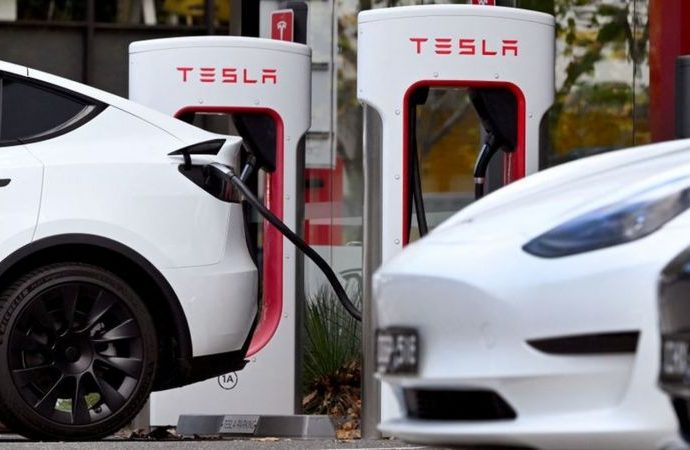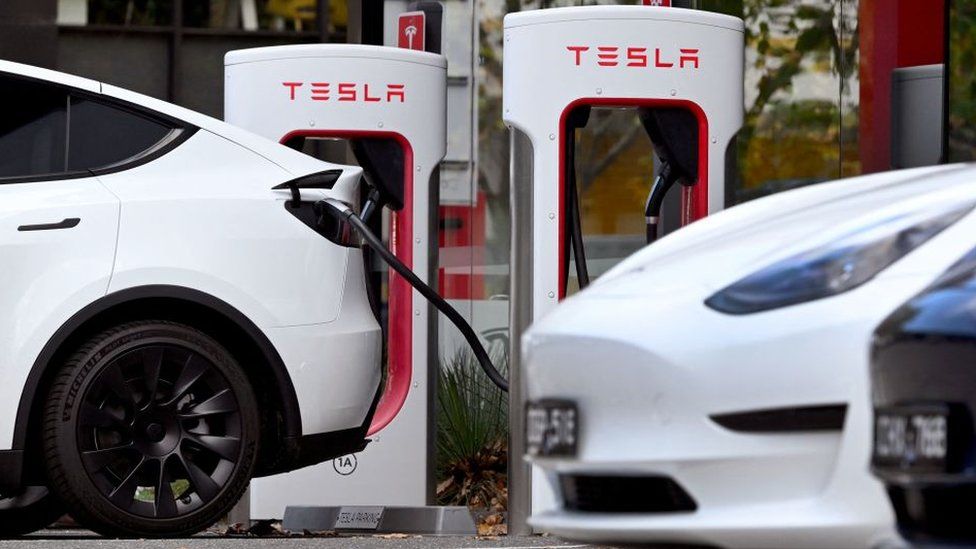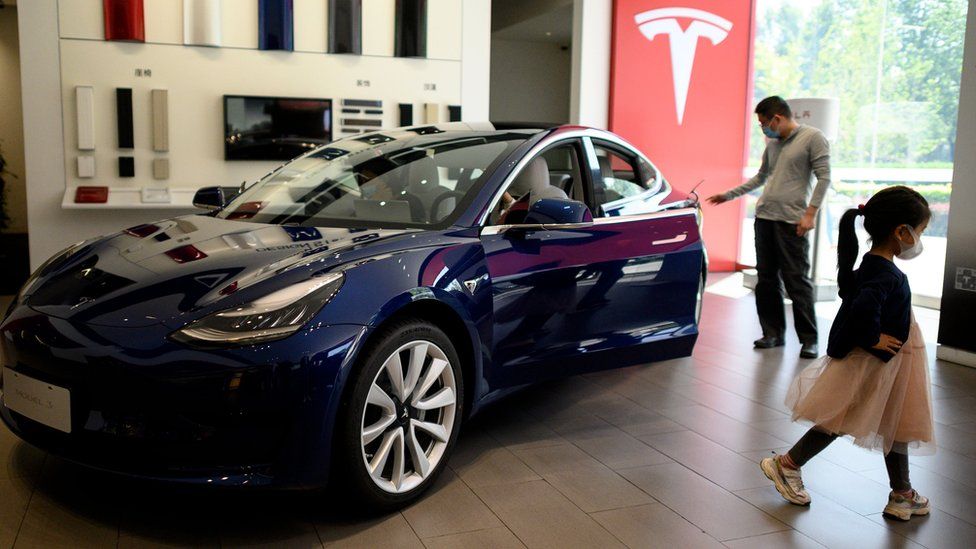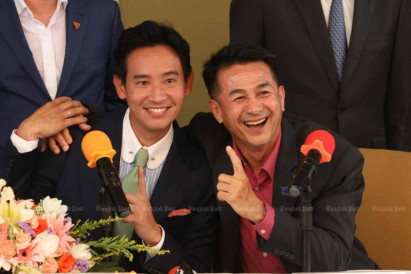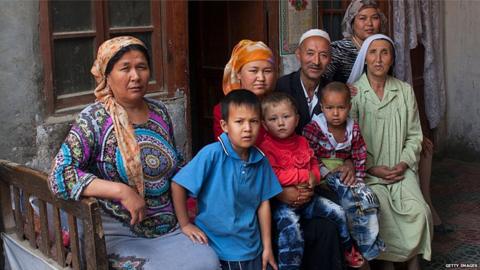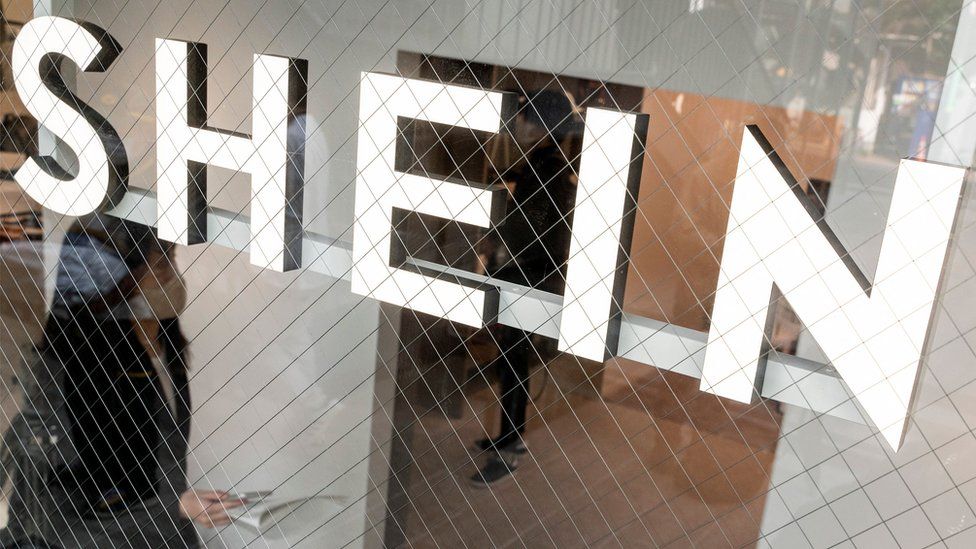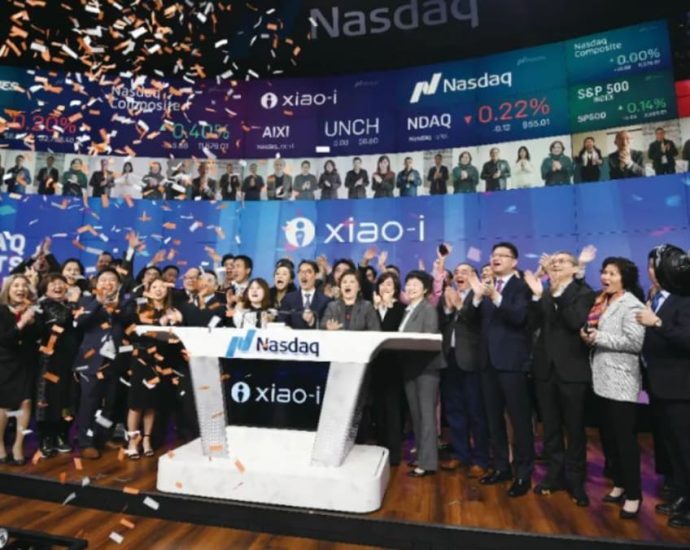Pet supplies e-retailer Perromart becomes insolvent, gets new owner amid dozens of complaints

SINGAPORE: Perromart, a popular pet supplies e-retailer, has been sold to a new operator after customers lodged nearly 200 complaints with Singapore’s consumer watchdog over the last five months.
Perromart’s previous sole owner, 25 Holdings, became insolvent and was placed under receivership in March, its new receiver and manager Farooq Mann told CNA on Monday (May 29).
This means it was unable to meet its debt payments on time. Companies can take several routes to rescue the business and avoid bankruptcy, including receivership – a court-appointed tool to help creditors recover funds they are owed.
Perromart – which branded itself as Singapore’s largest online pet store – first came under fire in January when customers turned to social media to air their grievances over delayed or unfulfilled orders.
At the time, its co-founder Roy Lim told CNA the company was unable to catch up on orders and support tickets due to supply chain disruptions and manpower issues stemming from the Christmas, New Year and Chinese New Year holiday periods.
Mr Lim said these were “not excuses” and that Perromart would improve its processes and operational turnaround time, as well as “launch new services that include predictive delivery based on respective products”.
However, in March, Mr Mann was appointed receiver and manager of Perromart after it became insolvent.
It has since been sold to an operator in the same industry, but Mr Mann said he was not at liberty to disclose the buyer’s name at the moment.
“The incoming owner-operator of the business is confident that the new business will be able to provide excellent customer service to all existing and new customers,” added the managing partner of Mann & Associates PAC.
The new owner-operator intends to continue operating at Perromart’s new warehouse in Kallang. Perromart had announced in February that it was in the midst of moving there.
Mr Lim did not respond to further queries from CNA on the receivership.
‘We want to be free’: Filipinos demand right to divorce
A controversial birth control law was passed in 2012, despite strong opposition from the Church. And in 2018, majority and opposition parties in the House of Representatives approved a divorce bill that later stalled in the Senate. It was the first time such a proposal had got that far. SurveysContinue Reading
Elon Musk: Tesla boss on first China trip in over three years
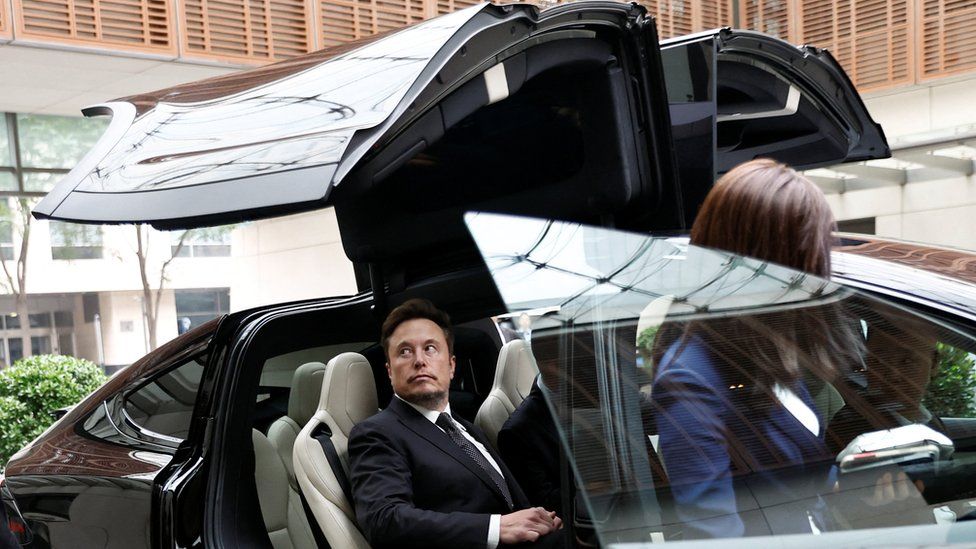 Reuters
ReutersTesla chief executive Elon Musk is in China, as he makes his first trip to the world’s second largest economy in over three years.
He arrived in Beijing on Tuesday and is also expected to visit Tesla’s huge manufacturing plant in Shanghai.
The multi-billionaire met China’s foreign minister Qin Gang within hours of arriving in the country.
Mr Musk has not yet publicly commented on the trip, which comes amid tensions between the US and China.
He also declined to make any comments about his plans for the trip when asked by reporters as he left a hotel in Beijing on Wednesday.
Later on Wednesday, Mr Musk met China’s industry minister Jin Zhuanglong and discussed the development of electric vehicles.
In a statement on Tuesday, China’s foreign ministry said that Mr Musk was willing to expand the car maker’s business in the country, which is Tesla’s biggest market after the US.
The ministry added that during the meeting Mr Musk had described the economies of the US and China as “conjoined twins”.
Tesla did not immediately respond to a BBC request for comment.
Mr Musk has also been uncharacteristically quiet on Twitter, which he owns and where he has more than 141 million followers.
He is known for tweeting many times a day but as of midday on Wednesday had not posted anything since arriving in the country on Tuesday afternoon.
The social media platform is banned in China but it can be accessed through VPNs, or Virtual Private Networks.
Mr Musk is the latest high-profile US executive to make a trip to China. JP Morgan chief executive Jamie Dimon is also in China this week, while Apple boss Tim Cook visited the country in March.
However, as tensions rise between Washington and Beijing Tesla finds itself in a difficult position, Dan Ives from investment firm Wedbush Securities said.
“Playing nice in the sandbox in Beijing is something Wall Street is laser focused on, to make sure there are no disruptions to Tesla’s expansion within China for the coming years,” Mr Ives added.

In January 2019, Tesla started building its so-called gigafactory in Shanghai, which was the firm’s first manufacturing plant outside the US.
Later that year, it delivered its first Chinese-made cars, marking a major milestone for the American company.
However, Covid lockdowns across the country, including in the financial, manufacturing and shipping hub of Shanghai, made it increasingly difficult for manufacturers to operate.
Last year, Mr Musk said the coronavirus lockdown of Shanghai was “very, very difficult” for Tesla, which reportedly halted most of its production at its gigafactory for several weeks.
Operations have since resumed at the plant, which produced its millionth car in August, according to Mr Musk. This accounted for a third of Tesla’s global production.
Last month, the company said it planned to build a new factory in China to make its large-scale “Megapack” batteries.
China has also become the largest market for Tesla’s Model Y mass-market electric vehicle, according to market research firm JATO.
More than 94,000 Model Y vehicles were sold in China in the first three months of this year, putting it ahead of the US and Europe, JATO data shows.
In recent years, Tesla’s lead in electric vehicle market has been challenged by increased competition from car making giants, including Ford and General Motors, as well as newer entrants into the market like China’s BYD and Nio.
Mr Musk – who bought Twitter last year for $44bn (£35.5bn) – has been under pressure to find someone else to lead the company and refocus his attention on his other businesses, including Tesla and rocket firm SpaceX.
Earlier this month, he named Linda Yaccarino, the former head of advertising at NBCUniversal as the platform’s new chief executive.
Ms Yaccarino will face the challenge of running a business that has struggled to be profitable, while facing intense scrutiny over how it handles misinformation and hate speech.
Twitter is now worth around a third of what Mr Musk paid for it, according investment firm Fidelity, which helped to finance his takeover of the company.
Related Topics
-
-
12 April

-
Wissanu: Comprehensive complaint may result in annulled election
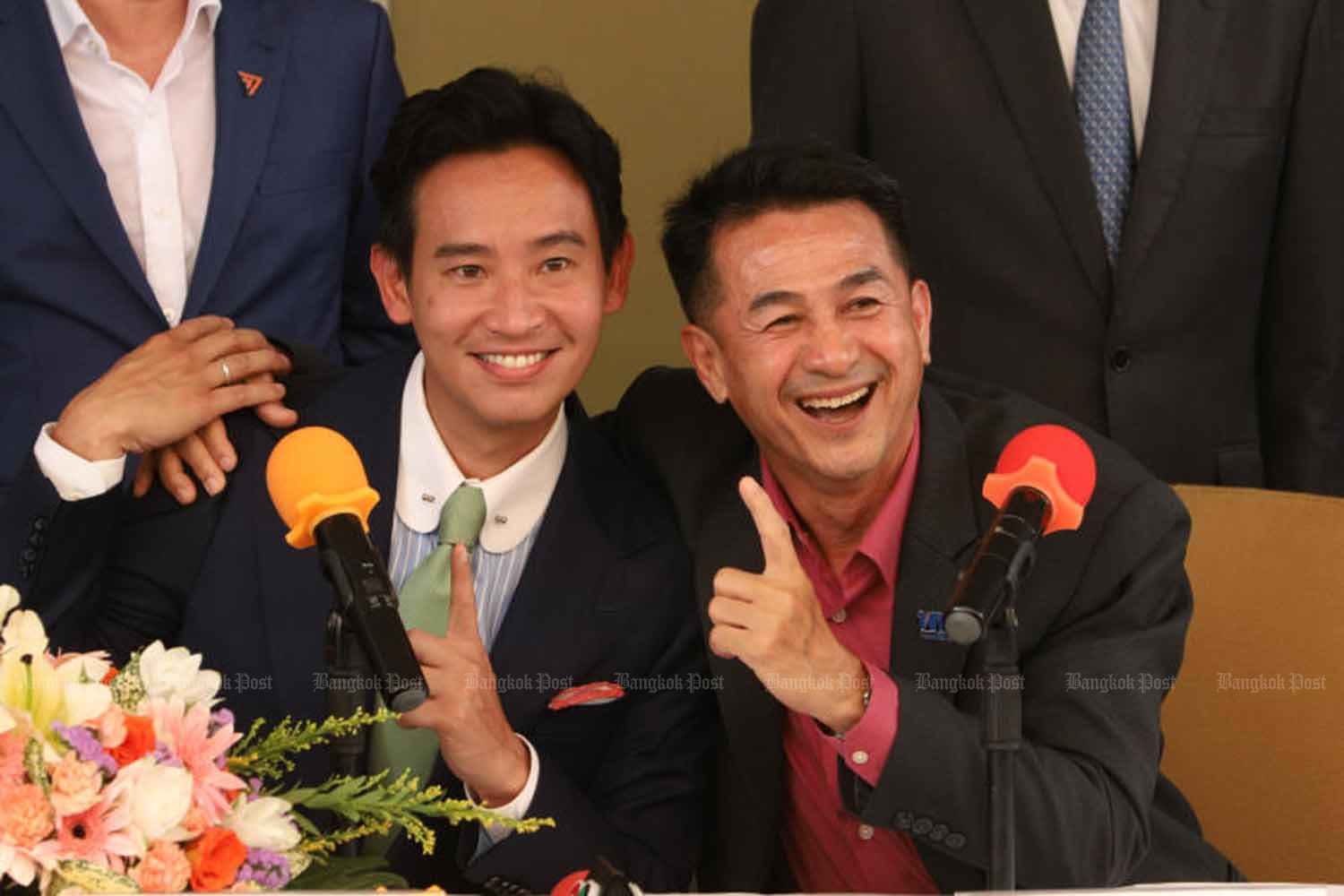
The details listed in complaints will determine if Move Forward Party leader Pita Limjaroenrat is disqualified from being prime minister and whether the May general election should be annulled, according to caretaker Deputy Prime Minister Wissanu Krea-ngam.
Mr Wissanu, the current cabinet’s legal guru, said at Government House on Wednesday that details in complaints against Mr Pita’s shareholding in iTV Plc were a key factor.
If a complaint targets Mr Pita’s elegibility to be an MP he could still be prime minister, because the prime minister is not required to be an MP, he said.
If a complaint targets Mr Pita’s prime ministerial qualifications, he could still be an MP, Mr Wissanu said.
“If a complaint targets both, the court will rule on both,” he said.
A complaint could also also question Mr Pita’s approval of Move Forward Party memberships, Mr Wissanu said.
“In that case, there would have to be a new nationwide general election,” he said.
Mr Wissanu said he was not giving any recommendation on how a complaint should be written.
“It is up to the complainant. The [constitutional] court will rule on the particular issue in a complaint,” he said.
The constitution prohibits a shareholder of a media organisation from running in a general election and Mr Pita’s qualifications were challenged because of his inherited shareholding in iTV Plc, which was long ago merged into Thai PBS.
Complaints filed with the Election Commission target his MP status, his approval of Move Forward candidates in the May 14 election and the whole cabinet that he would form.
“But you should not have such a distant imagination. Consider it step by step. The Election Commission has not taken any action. Do not jump into a negative scenario,” Mr Wissanu said.

Caretaker Deputy Prime Minister Wissanu Krea-ngam
Uyghur student not missing in Hong Kong – Amnesty
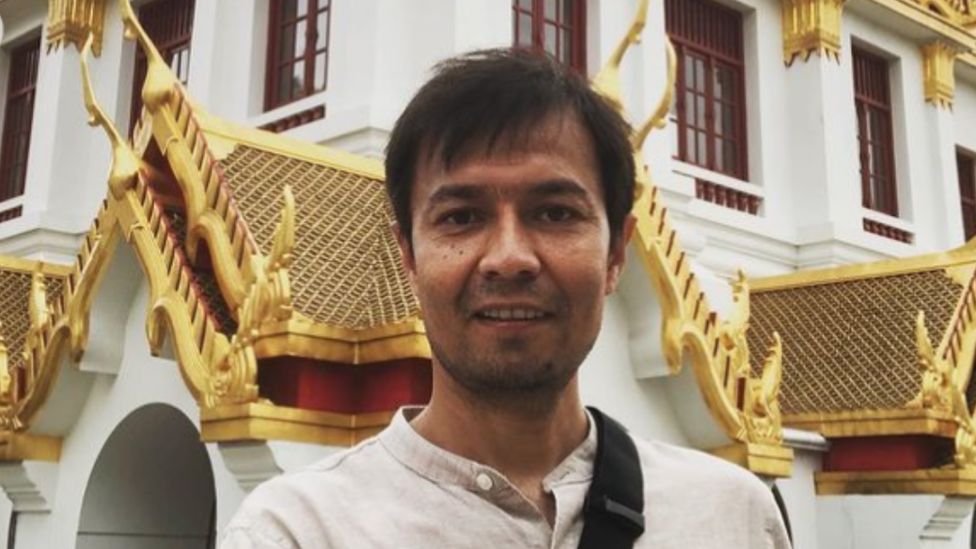 Amnesty International
Amnesty InternationalRights group Amnesty International has corrected its report alleging an Uyghur student went missing from Hong Kong airport, saying he is “accounted for”.
“Abuduwaili Abudureheman… told us he did not travel to Hong Kong, contrary to previous information received,” the group’s correction read.
Mr Abuduwaili is safe in Seoul, his base for the last seven years, his university colleagues say.
The Hong Kong government is calling on Amnesty to “apologise”.
“We will continue to strive to offer support to people who reach out to us when they believe they or their loved ones are at risk,” Amnesty said in a correction added to its original report.
Amnesty had claimed on Friday that Mr Abuduwaili had boarded a flight from Seoul to Hong Kong on 10 May, before losing contact with family and friends.
His last correspondence, Amnesty said, was a text message to a friend claiming “he was being interrogated by Chinese police after arriving at Hong Kong airport”. The Hong Kong government refuted the allegations at the time.
On Monday, the dean at Seoul’s Kookmin University’s College of Physical Education – where Mr Abuduwaili is studying for a doctorate – contradicted Amnesty’s report in an interview with Yonhap News Agency.
Cho Wook-yeon said he had been in constant contact with Mr Abuduwaili, who had recently confirmed with Mr Cho that he was in Seoul.
“Abudureheman has not left Hong Kong and is staying in Korea safely,” he said, adding that he was “surprised” to see reports of the disappearance.
A director at the college repeated this account when contacted by the BBC.
The BBC contacted Mr Abuduwaili for a response, but the student has yet to reply.
Amnesty referred the BBC to its corrected statement when asked about the university staff’s statements. The rights organisation has yet to respond to follow-up questions on how it verified the initial claims about Mr Abuduwaili and his latest statement to Amnesty.
In response to Amnesty’s correction, the Hong Kong government said the organisation had “maliciously smeared” and “slandered” Hong Kong and China, and called for a “sincere apology (made) responsibly”.
Beijing has been accused of committing crimes against humanity and possible genocide against the Uyghur population and other mostly-Muslim ethnic groups in China’s north-western Xinjiang region, which are allegations the government strenuously denies.
There are about 12 million Uyghurs in Xinjiang, and the region is cloaked in a pervasive network of surveillance, including police, checkpoints, and cameras that scan everything from number plates to individual faces.
A landmark UN report released in 2022 accused China of “serious human rights violations” in Xinjiang that “may constitute international crimes, in particular crimes against humanity”.
It also urged China to release “all individuals arbitrarily deprived of their liberty”.
Beijing called the UN report a “farce” arranged by Western powers.
The US, UK and international human rights monitors have accused Beijing of detaining about one million Uyghurs in so-called “re-education camps”, separating children from their families and breaking their cultural traditions.
Additional reporting by Joel Guinto.
Related Topics
-
-
24 May 2022

-
-
-
10 June 2021
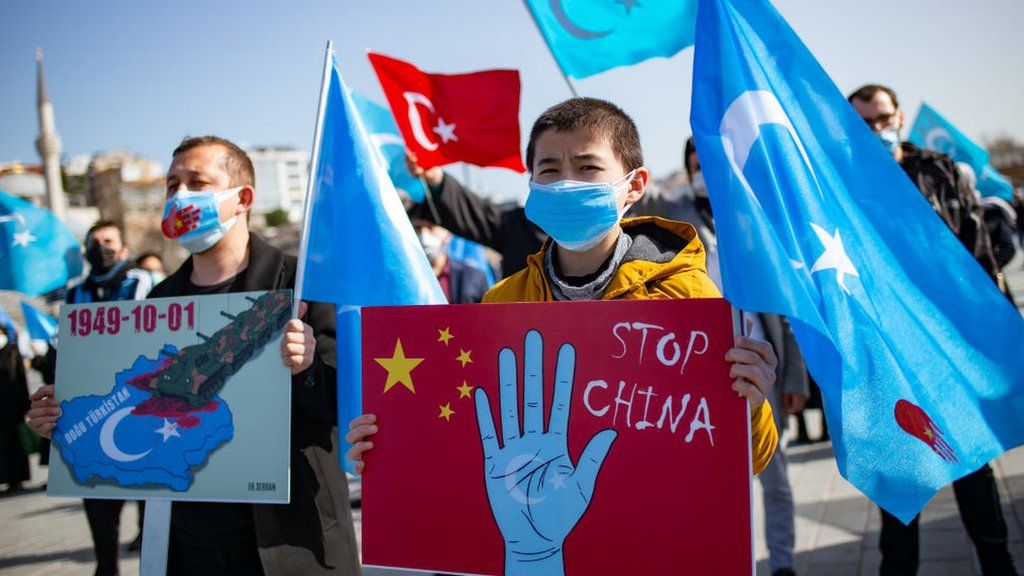
-
-
-
2 September 2022
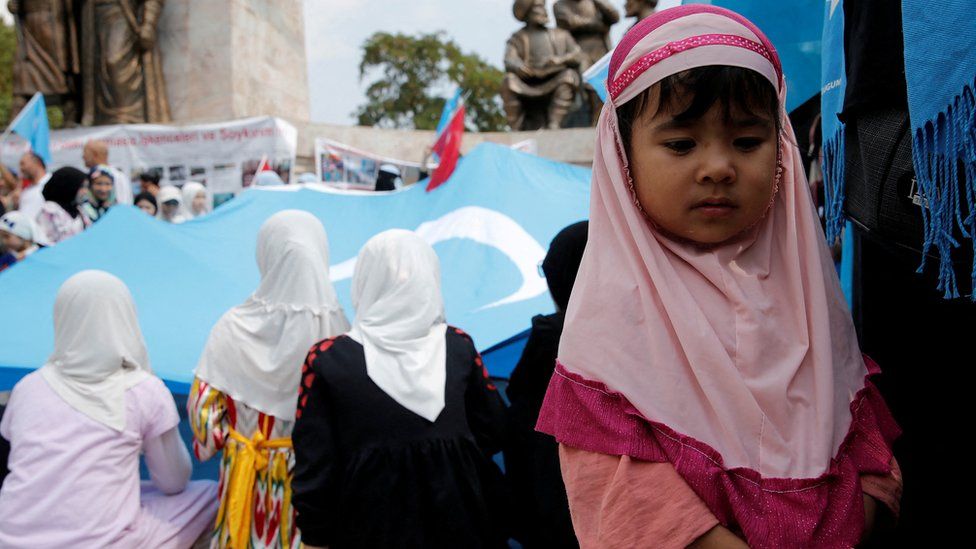
-
Shell Livewire Malaysia 2023 seeks entrepreneurs to enroll
Five winners from each state will recieve US$2,166
Five national winners will get an additional US$6,500
Shell LiveWIRE Malaysia is returning this year and accepting applications from all entrepreneurs in Sabah, Sarawak, and Peninsular Malaysia.
The programme takes entrepreneurs through workshops to develop their business ideas, test their business models, and prepare them for…Continue Reading
‘Boy who cried wolf’: Seoul residents panic after false rocket alarm
“We inform you that the alarm sent at 0641 was incorrectly issued,” a second alert said. The retraction prompted anger and frustration, including calls on social media for Seoul Mayor Oh Se-hoon to resign. “I was taking my two young children to a basement parking lot as advised, in shock,”Continue Reading
Lamphun had highest voter turnout in general election

Lamphun province in the North had the highest voter turnout, 86.25%, at the May 14 general election, with the nationwide figure 75.71%, the Election Commission said on Tuesday.
Countrywide, there were 52,195,920 eligible voters in the election, and 39,514,973 (75.71%) cast their ballots.
The commission said 37,190,071 (94.12%) of the ballots cast in the constituency system were valid; 1,457,899 ( 3.69%) were invalid; and 866,885 (2.19%) opted for “no vote”.
Provinces ranked 1-10 in terms of voter turnout:
1. Lamphun 86.25% (287,556 from 333,392 eligible voters)
2. Phetchaburi 84.52% (328,578 from 388,760)
3. Phatthalung 84.46% (352,577 from 417,460)
4. Nakhon Pathom 83.52% (617,774 from 739,715)
5. Chachoengsao (477,004 from 875,796) and Ratchaburi (565,364 from 682,471), both 82.84%
6. Nakhon Nayok 82.69% (173,608 from 209,959)
7. Saraburi 82.58% (420,663 from 509,408)
8. Krabi 82.53% (294,873 from 357,264)
9. Ayutthaya 82.30% (546,348 from 663,820)
10. Songkhla 82.01% (899,221 from 1,096,442)
Elsewhere, Bangkok’s voter turnout was 74.26%, Chiang Mai 81.98%, Nakhon Ratchasima 76.29% and Phuket 75.05%.
Chinese AI chatbot firm Xiao-I eyes global market after Nasdaq IPO on ChatGPT fever
When a user sends questions to the WeChat account of China Merchants Bank, for example, it will bring up an AI chatbot called “Little Zhao”, which is able to answer basic inquiries. So far, Xiao-I has served more than 1,000 business clients across over 50 industries, mostly based in mainlandContinue Reading
AUKUS enhancing undersea deterrence against China
In line with the Chinese Communist Party’s imperative to oversee “the great rejuvenation of the Chinese nation” by 2049, US intelligence sources indicate that Chinese President Xi Jinping has ordered the People’s Liberation Army to become capable of countering American military power in the Indo-Pacific and ready for a takeover of Taiwan by 2027.
This is an alarming prospect, lent credence by recent Chinese military exercises around the island. Admiral John Aquilino, commander of the US Indo-Pacific Command (INDOPACOM), in his March Congressional testimony said that the PLA Navy (PLAN) is on track to deliver 440 battle-force ships by 2030, including significant increases in aircraft carriers and major surface combatants.
As it grows in strength, the PLAN is likely to use its large naval forces to uphold further, even enforce, illegitimate Chinese claims over areas of the East and South China seas – areas through which foreign vessels of all kinds have rights to move under the United Nations Convention on the Law of the Sea (UNCLOS), which China ratified in 1996.
In this worsening geopolitical environment Australia, the United Kingdom and the United States have created the AUKUS submarine and technology-sharing agreement, which has been called a “trilateral, security partnership” based on defense capabilities that support “mutual national defense objectives.”
In the words of Mara Karlin, US assistant secretary of defense for strategy, plans, and capabilities, the agreement will “lift all three nations’ submarine industrial bases and undersea capabilities, enhancing deterrence and promoting stability in the Indo-Pacific.”
Deterring indirectly
Before explaining how AUKUS facilitates “direct deterrence” from the perspective of capabilities, capacity, and force posture, it is important to identify forms of “indirect deterrence,” namely by promoting deterrence through a constellation of security alignments and the strengthening of the defense industrial base.
In the case of these latter two forms of “indirect deterrence,” AUKUS – as with the US-Japan-Australia Trilateral and the Quad – is a minilateral. Such a minilateral is not strictly an alliance, but it provides its members with a shared pool of military capabilities – or what has also been dubbed a “federated model of defense.”
Within the United States, these alignments gel with the administration’s organizing principle of “integrated deterrence,” which was laid out in the 2022 National Security Strategy, the National Defense Strategy, and the Nuclear Posture Review.
In addition to accelerating efforts to promote planning, coordination, and operations among various US government agencies and US allies, AUKUS also provides integrated deterrence at the level of the defense industrial base for all three cooperating nations.
While it would be a stretch to call this “undersea deterrence,” it would also be remiss not to mention the bolstering effect AUKUS will have on naval shipyards, the nuclear enterprise and undersea sensor and weapons systems industries, which all contribute to national strength.
Directly deterring from beneath the sea
Defining deterrence as the “building of combat-credible forces across all domains and across the full spectrum of conflict to deter aggression,” Karlin also noted that AUKUS is about more than just pillars I and II, but also includes a focus on undersea deterrence throughout the Indo-Pacific across a range of areas.
At the simplest level, the agreement adds to undersea deterrence by delivering new advanced warfighting capabilities to its members, particularly Australia: it provides two types of nuclear-powered attack submarine (SSN) platforms – the Virginia class and “AUKUS class” to replace Australia’s aging Collins-class of conventionally powered submarines.
While it is a crude measure, more vessels with long-range capabilities, amplified by the advanced weapons capacity and kinetic effects that they can deliver at greater range, may deter an adversary more effectively, in the event that it contemplates aggression.

AUKUS thus provides all three countries with a wider distributed force posture closer to likely areas of operations, vis-à-vis the PLA Navy in the Western Pacific.
As shown in the map above, nuclear-propelled submarines greatly complicate the PRC’s calculus. They can be sent north of Australia to stalking grounds surrounding the South and East China seas, which are critical to Chinese maritime communication lines across the Pacific and to the Middle East and East Africa.
By making these routes more vulnerable to interdiction, AUKUS forces the PLAN into a more defensive posture, which may direct resources away from large warships and logistics vessels designed for expeditionary operations.
It does this through the two-part pathway framework agreed upon in March 2023. The first part of the pathway consists of increased port visits by US and UK SSNs from 2023, which adds to the ability of INDOPACOM and the Royal Navy to regularly position forces east of the Strait of Malacca and west of the International Date Line (IDL) – a helpful softening of the tyranny of distance confronting US and UK naval forces.
The second part of the framework includes a rotational element in Australia under the Submarine Rotational Force West intended to begin by 2027. According to the Australian Department of Defense, this will be composed of “a rotational presence … of one UK and up to four US, nuclear-powered submarines” at Fleet Base West.
This is likely to draw in Astute-class and Virginia-class submarines. Again, this adds to a joint and combined campaign, allowing the three allies to synchronize joint capabilities through increased exercises and further cementing persistent forces in between the Strait of Malacca and the IDL.
Forms of deterrence provided by AUKUS
AUKUS, therefore, provides deterrence at multiple levels. The first two are forms of “indirect deterrence,” or factors that strengthen general deterrence at the state level.
- AUKUS provides a signal of intent – through that of political alignment – potentially muddying the calculations of a potential aggressor. This is AUKUS as a minilateral grouping, and as architecture rather than as a defense industrial deal.
- AUKUS provides indirect deterrence by adding to national strength by adding to the defense industrial base of each member by providing opportunities for industrial cooperation and production. It releases national resources toward shipping industries that may have previously been in decline.
AUKUS has several effects in terms of direct deterrence, too. It is helpful to use the four-point “Seize the Initiative” INDOPACOM approach to divide them:
- In its simplest and most direct form, AUKUS contributes to undersea deterrence by providing its members, notably Australia, with new advanced warfighting platforms (the SSNs and their systems).
- That these are superior systems, with longer ranges provided by their nuclear propulsion, adds to their impact on potential adversaries’ logistics and planning. As submarines can hide underwater, they are an asymmetrical weapons system, designed to threaten sea lanes and surface shipping, both commercial and military.
- Then there are the agreements made in March of this year, such as the two-part pathway that allows for a second direct form of undersea deterrence: that of providing those platforms in a distributed posture across the region. Whether through port visits or a more sustained presence through Submarine Rotational Force West, AUKUS brings more allied forces into the Western Pacific.
- Then, finally, there is the deterrent effect produced by Submarine Rotational Force West itself: that of an integrated allied operational force that ideally will operate under a combined command structure.
A potent instrument
As American, Australian, and British submariners train, exercise, and deploy, so will their operational capability and efficacy increase. They will become an integrated force capable of great strategic effect – deterrence – in the Indo-Pacific, a valuable asset for any war planner.
The question whether these six forms of deterrence will deter Xi from ordering PLAN forces to lunge across the Taiwan Strait or from undertaking coercive activity across the First Island Chain is unclear.
While they might not be sufficient– given the time it takes for these systems and structures to come on line – these nascent capabilities will complicate PLAN planning and logistics.
In the future, in any actual kinetic contingency, they will also provide a potent instrument to contain Chinese regional ambitions and military coercion.
John Hemmings is senior director of Indo-Pacific foreign and security policy at the Pacific Forum in Honolulu, which originally published this article. Asia Times is republishing it with permission.



